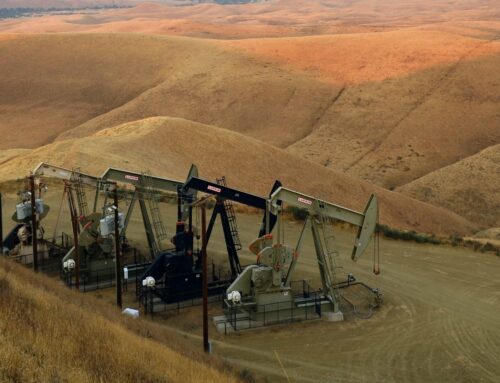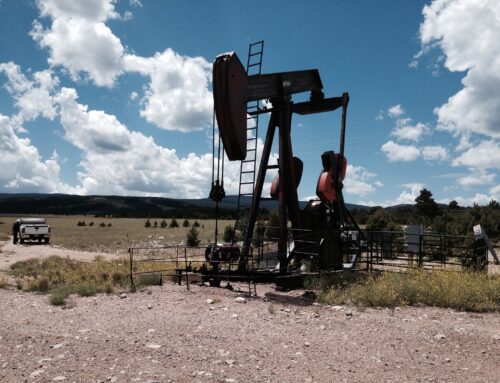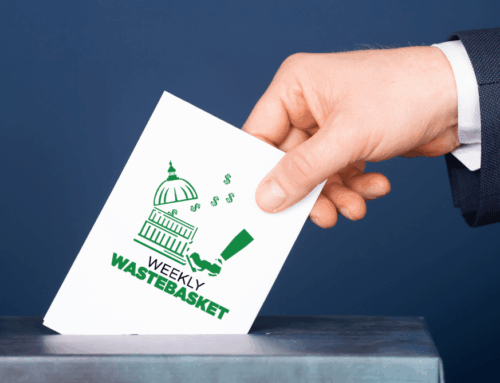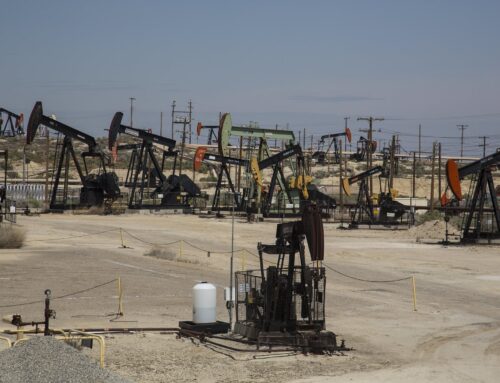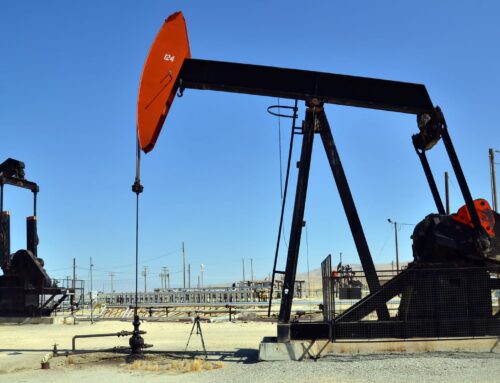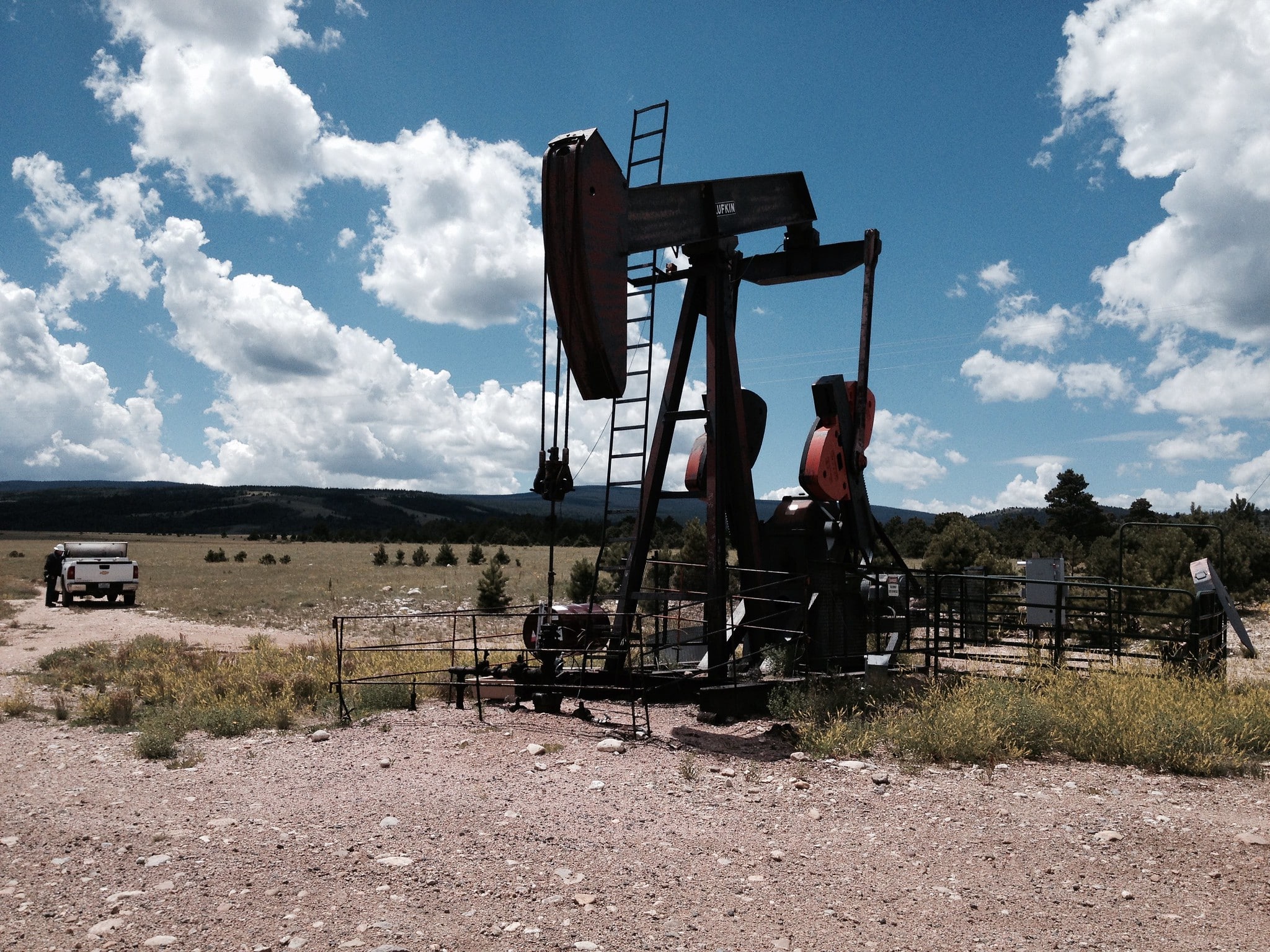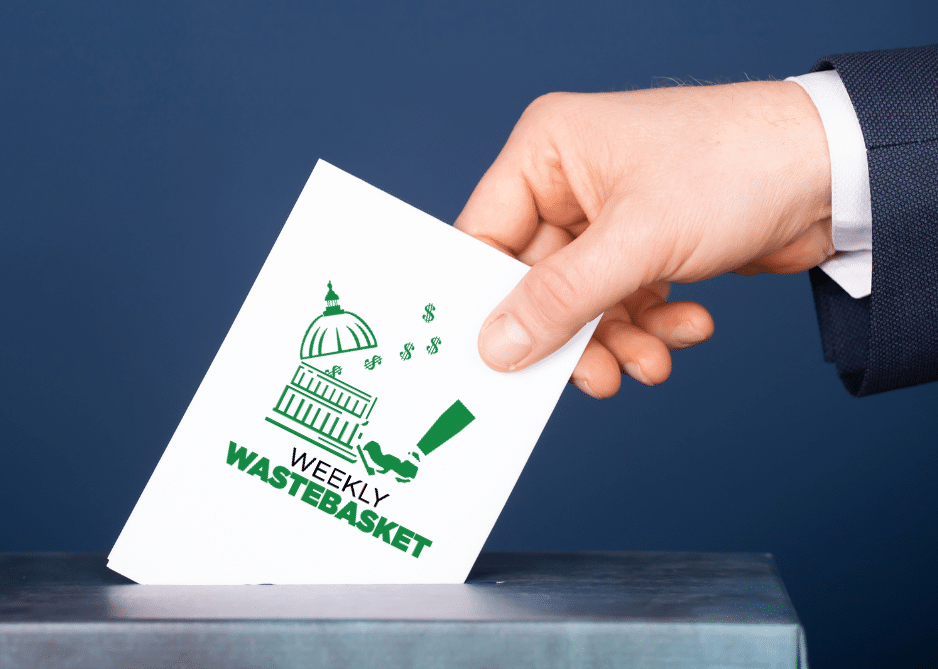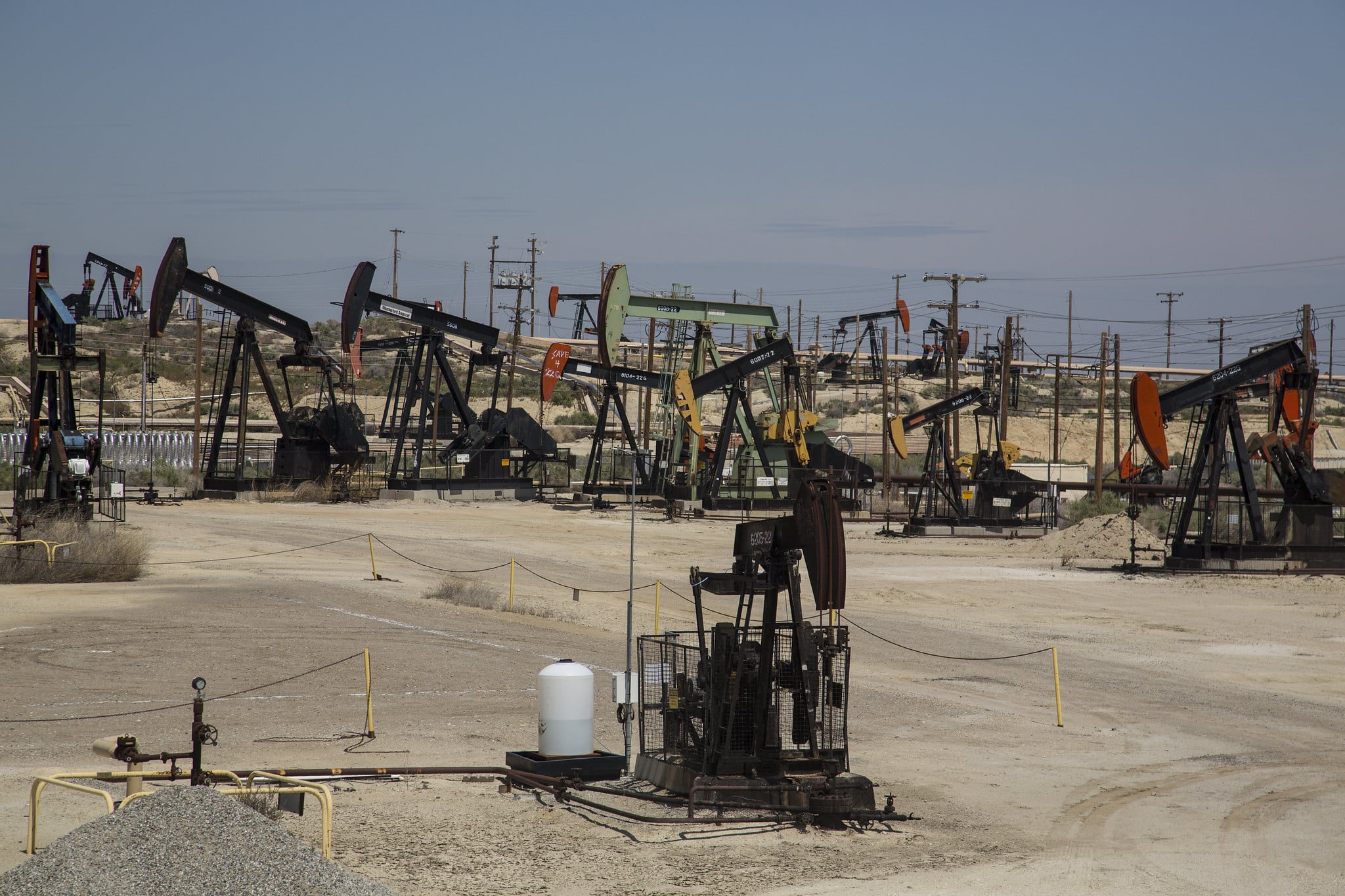On July 4th, President Trump signed into law the FY2025 budget reconciliation bill, known as the One Big Beautiful Bill Act (OBBBA), transforming the landscape of federal energy policy at a critical juncture for the nation. The OBBBA brings sweeping changes to energy subsidies, cutting billions in taxpayer costs for some energy industries while rolling out new or expanded support for others.
The oil, natural gas, coal, timber, nuclear, biofuel, carbon capture, and hydropower sectors emerge as clear beneficiaries of the bill, gaining substantial tax breaks, lower royalty rates, and broadened access to public resources. In sharp contrast, federal backing for wind, solar, electric vehicles, and energy-efficient buildings is dramatically reduced—ending or scaling back tax credits and rescinding funding for key programs much earlier than anticipated.
With major provisions immediately taking effect, OBBBA is already influencing energy markets, federal revenues, and the allocation of taxpayer dollars. The following analysis details the winners and losers among energy technologies under this newly enacted megabill.
The Winners
Oil and Natural Gas
The OBBBA delivers major wins to oil and gas producers. It makes federal leasing cheaper and easier, both onshore and offshore. Onshore, the Department of Interior (DOI) must offer at least 50% of nominated parcels at quarterly lease sales and hold a replacement sale if fewer than 75% of acres receive bids. The bill extends drilling permits from three to four years and requires DOI to approve applications to commingle production from multiple sources. It also mandates five lease sales in the National Petroleum Reserve in Alaska and four in the Arctic National Wildlife Refuge over the next decade. The bill rolls back taxpayer protections by slashing royalty rates for new onshore leases from 16.7% to 12.5%, repealing the $5 fee for submitting expressions of interest (EOIs), and reopening noncompetitive leasing—allowing companies to sidestep bidding entirely.
Offshore, the bill requires at least 30 lease sales in the Gulf of America by 2040 and six in Alaska's Cook Inlet by 2032. It lowers royalty rates for new offshore leases to between 12.5% and 16.7%, down from a minimum of 16.67% and a maximum of 18.75%.
The OBBBA also delays implementation of the methane waste emissions fee and repeals a requirement to impose royalties on all gas produced, including gas that is flared, vented, or used onsite. These changes reduce industry costs while cutting off revenue streams for taxpayers.
On the tax side, the bill allows oil and gas companies to deduct intangible drilling costs (IDCs) from their adjusted financial statement income when calculating their corporate alternative minimum tax (CAMT). While the Joint Committee on Taxation (JCT) estimates this will cost $427 million over the next decade, earlier analyses pegged the price tag closer to $1 billion.
Taxpayer Cost: Billions in lost royalties and bid revenue, delayed methane fees, and expanded tax breaks.
Coal
The Trump Administration has long called for the return of King Coal. The OBBBA furthers this effort by increasing subsidies and expanding access to federal lands for coal mining. The bill gives the DOI 90 days to: 1) publish environmental reviews and hold lease sales for currently pending applicants; 2) authorize mining on all federal coal reserves and adjacent state or private lands with previously approved mining plans; and 3) open an additional 4,000,000 acres for leasing. The OBBBA lowers the federal coal royalty rate from 12.5% to just 7% for the next 10 years. Earlier drafts of the bill would have gone further, halting the implementation of new resource management plans in the Powder River Basin that significantly reduced the federal land available for coal leasing.
The bill also creates a new subsidy for metallurgical coal—used in steelmaking—by expanding eligibility for the Advanced Manufacturing Production Credit (45X). Under the new language, metallurgical coal qualifies as a critical mineral, making producers eligible for a 2.5% tax credit through 2029. Other critical minerals remain eligible for a 10% credit through 2030, with the credit phasing down to 0% after 2033.
The bill provides an additional boost for coal by amending the Section 1706 loan guarantee program, which was created by the Inflation Reduction Act (IRA) to repurpose or replace existing energy infrastructure that has ceased operation, or to reduce, use, or sequester greenhouse gas (GHG) emissions. The OBBBA amended the language to redirect the program to support electricity supply at time intervals to "maintain or enhance grid reliability", which is generally referring to coal and nuclear power. The IRA appropriated $5 billion through FY2026 and provided a $250 billion loan guarantee authority. The OBBBA extends the deadline to FY2028 and provides an additional $1 billion for the loan guarantee program.
Taxpayer Cost: Reduced royalty payments and expanded leasing on public land.
Timber
The OBBBA mandates the U.S. Forest Service (USFS) and Bureau of Land Management (BLM) increase timber sale volumes from federal lands over the next decade. USFS is required to increase timber volumes by 250 million board feet and BLM by 20 million board feet every year from FY2026 to FY2034, compared to what was sold in the previous fiscal year. For USFS, which administers the bulk of federal timber sales, the additional 250 million board feet represents an 8.7% increase over the 2.9 billion board feet sold in FY2024. If met precisely, this mandate would require USFS to sell at least 37.2 billion board feet from FY2026 to FY2034. In addition, the final bill requires the USFS to enter into no fewer than 40 and the BLM no fewer than 5 timber sale contracts, with each contract lasting at least 20 years.
Taxpayer Cost: Increased harvest mandates with minimal safeguards.
Nuclear
While the up to $15-per-megawatt-hour nuclear production tax credit (45U) remained largely untouched, nuclear scored a big win with a special carveout in the Clean Electricity Production Credit (45Y). That carveout—especially the expanded eligibility for the 10% bonus credit—amounts to a major new subsidy for the nuclear industry.
The 45Y credit offers a 10% bonus credit for facilities located in "energy communities," and OBBBA expanded that definition to give nuclear a further boost. The new definition includes "advanced nuclear energy communities"—areas where at least 0.17% of direct employment has been tied to an "advanced nuclear facility" since 2009. While previous statutes defined advanced nuclear as a reactor design approved after 1993, the final bill drops that cutoff for bonus eligibility, allowing nearly all nuclear facilities to qualify, since most designs date back to 1970-1990. Existing nuclear plants generally do not qualify for 45Y unless they expand operations, but if they do, they can now also claim the bonus credit.
The only limitation added to the nuclear production credit was a set of new restrictions on foreign and foreign-influenced entities—rules that apply to many credits across the bill. Earlier Senate versions would have barred credits for facilities using fuel produced in North Korea, China, Russia, or Iran after 2027 (with exceptions for contracts in effect before 2023), but that restriction was dropped from the final bill.
Additionally, OBBBA allows certain income from advanced nuclear facilities to avoid corporate-level taxation by expanding eligibility under the Publicly Traded Partnership (PTP) rules. PTPs are generally taxed as corporations, but if 90 percent or more of their gross income comes from qualifying sources—like rents, gains on real property sales, or income from natural resources—they can instead be taxed as partnerships. The OBBBA adds several new qualifying income streams, including income from generating electricity at advanced nuclear facilities. This effectively allows nuclear companies and their investors to form PTPs that shield income from corporate taxes. Across all new qualifying sources, this expansion will cost taxpayers more than $3.2 billion from FY2025 to FY2034.
The nuclear industry will also benefit from the extended and expanded Section 1706 loan guarantee program, which now has $6 billion through the end of FY2028 to administer $250 billion worth of loan guarantee authority for any nuclear facility to continue or expand operations.
Taxpayer Cost: Over $3.2 billion in new tax preferences.
Biofuels
The Clean Fuel Production Credit (45Z) for low-emission transportation fuels is the only energy tax credit expanded and extended in the OBBBA. Originally created in the IRA to replace expiring biofuel incentives, 45Z offers a maximum credit of $1.00 per gallon for non-aviation fuel and $1.75 per gallon for aviation fuel (if prevailing wage and apprenticeship requirements are met). The final bill extends the credit's expiration from the end of 2027 to the end of 2029 and lowers the lifecycle GHG assessment standards—broadening eligibility, particularly for first-generation, food-based biofuels like corn ethanol and biodiesel. However, the bill disallows credits for fuels that use feedstock grown outside the U.S., Canada, or Mexico.
One minor loser in the biofuels category: sustainable aviation fuel (SAF). Previously, SAF was eligible for a maximum 45Z credit of $1.75 per gallon ($0.35 without bonuses), while other fuels could claim only $1.00 per gallon ($0.20 without bonuses). So, while SAF benefits from the overall expansion and extension of the credit, under OBBBA all fuels—SAF included—are capped at the same $1.00, erasing SAF's premium.
OBBBA also revives a previously expired credit for small producers of agri-biodiesel—including certain corn- and soy-based biodiesel—and doubles its value from $0.10 to $0.20 per gallon. The megabill specifically clarifies that this small agri-biodiesel producer credit can be claimed on top of 45Z, allowing qualifying biofuel producers to double dip these credits.
Taxpayer Cost: Expanded and overlapping tax credits for mature bioenergy industries.
Carbon Capture and Storage
The OBBBA increases the value of the Carbon Oxide Sequestration Tax Credit (45Q) for companies that capture carbon dioxide they emit or from ambient air and use it for enhanced oil recovery (EOR)—a technique that injects carbon into depleted wells to extract more oil—and other uses. Before OBBBA, the credit amount varied based on end use, with higher rates for geological sequestration and lower rates for EOR or other uses. Under the new law, all new facilities can claim up to $85 per ton—or $180 per ton for direct air capture (DAC) facilities—regardless of how the captured carbon is used.
Like nuclear energy, carbon capture also benefits from changes to Publicly Traded Partnership (PTP) rules. OBBBA allows income from CCS-related activities—including electricity generation at qualifying CCS facilities—to avoid corporate-level taxation if structured as a PTP. To qualify, a facility must meet 45Q's minimum capture thresholds and capture at least 50% of its total carbon output.
Taxpayer Cost: Increased 45Q payouts and preferential tax treatment.
Hydropower
Hydropower also benefits from changes to the definition of "qualifying income" that allow publicly traded partnerships (PTPs) to avoid corporate-level taxation. Under OBBBA, income from producing electricity or thermal energy using a hydroelectric or non-hydroelectric dam can now flow through tax-shielding PTPs to avoid corporate taxation.
Additionally, hydropower may benefit from the $1 billion appropriated to the Bureau of Reclamation to improve existing conveyance facilities—systems used to move water, including for hydropower—and surface water storage facilities. Notably, these funds will not be subject to matching or cost sharing requirements, meaning that taxpayers will carry much of the financial risk of these projects.
Taxpayer Cost: Additional PTP tax shelters and taxpayer-funded projects.
The Losers
Wind and Solar
The One Big Beautiful Bill Act phases out two key tax credits for wind and solar energy projects: the Section 45Y Clean Electricity Production Credit and the Section 48E Clean Electricity Investment Credit. These credits were originally scheduled to phase out beginning in 2033—dropping to 75% in 2034, 50% in 2035, and zero in 2036—or starting in the year after U.S. GHG emissions from electricity production fell to 25% of 2022 levels, whichever came first. Under OBBBA, wind and solar facilities that begin construction after July 4, 2026 must be placed in service before 2028 to qualify—effectively ending eligibility eight years earlier than previously planned. The bill terminates the Section 45X Advanced Manufacturing Production Credit for wind components produced and sold after 2027. The bill also repeals the special 5-year cost recovery for wind and solar energy properties—as defined under Section 48—constructed after 2024.
The OBBBA doubles the rent that wind developers must pay to lease federal land by increasing the encumbrance factor from 5% to 10%. It also imposes a flat capacity fee of 3.9% on the gross proceeds from solar and wind electricity sales, with a potential 10% reduction for wind projects if at least 25% of the leased land is authorized for another use. In a modest win for developers, a last-minute change lowered the final capacity fee from 4.58%—the rate proposed in the House-passed bill and an early Senate draft.
The megabill also rescinds currently unobligated funding from grant and loan programs aimed at supporting wind and solar development. This includes funding for interregional electricity transmission studies related to offshore wind and money from the Greenhouse Gas Reduction Fund's Solar for All Program, which offered grants for rooftop solar projects in low-income and disadvantaged communities.
Electric Vehicles
The OBBBA eliminates three tax credits for purchasing "clean" vehicles after September 30, 2025: the Clean Vehicle Credit (30D), which offered up to $7,500 for a new vehicle; the Used Clean Vehicle Credit (25E), which provided up to $4,000 or 30% of the sale price (whichever was less) for a previously owned vehicle; and the Qualified Commercial Clean Vehicles Credit (45W), which covered the lesser of 15% of a commercial vehicle's cost or the amount by which it exceeded the cost of a comparable "unclean" vehicle.
The megabill also terminates the tax credit for "clean" vehicle refueling properties placed in service after June 30, 2026. Originally created in 2005, the Alternative Fuel Refueling Property Credit (30C) applied to equipment used to recharge electric vehicles or to store or dispense "clean-burning fuel," primarily biofuels. The IRA later limited it to projects in low-income or rural communities.
The OBBBA also rescinds currently unobligated funding from grant and loan programs aimed at supporting zero-emission vehicles. This includes the Advanced Technology Vehicle Manufacturing Program, which provided direct loans for manufacturing facilities producing advanced technology vehicles, and funding for the Clean Heavy-Duty Vehicles Program, which offered grants and rebates for zero-emission trucks and buses.
Energy Efficiency
The OBBBA eliminates four tax credits for activities that improve building energy efficiency:
- The Energy Efficient Home Improvement Credit (25C), which offered a 30% credit for energy efficient home improvements like exterior doors and windows;
- The Residential Clean Energy Credit (25D), which provided a 30% credit for residential clean energy property like solar panels;
- The Energy Efficient Commercial Buildings Deduction (179D), which allowed certain deductions for energy-efficient commercial building owners; and
- The New Energy Efficient Home Credit (45L), which offered $2,500 or $5,000 credits for new homes that met specific energy efficiency standards.
The final bill went further than earlier versions in cutting support for efficiency. The Senate added—and passed—a provision to terminate the 179D deduction that had not been included in the House-passed version.
The megabill also rescinds unobligated funding from grant and loan programs designed to support energy efficiency improvements. This includes the State-Based Home Energy Efficiency Contractor Training Grants Program, which supported workforce training for residential home energy upgrades, and the Advanced Industrial Facilities Deployment Program, which funded the purchase and installation of advanced industrial technologies.
Mixed Bag
Hydrogen
OBBBA accelerates the expiration of the Clean Hydrogen Production Credit (45V), a four-tiered tax credit worth up to $3 per kilogram based on the greenhouse gas emissions intensity of hydrogen production. Previously set to expire for facilities that begin construction after 2032, the credit expiration is moved up 5 years, now expiring for facilities that begin construction after 2027. Although 45V still got an accelerated expiration, the final OBBBA granted the credit a two-year extension compared to earlier drafts of the megabill, which proposed to terminate it for facilities that begin construction after 2025. This two-year extension is projected to cost taxpayers $3.4 billion.
On the bright side for the hydrogen industry, income from the transportation and storage of hydrogen can now be treated as qualifying PTP income, allowing it to avoid corporate income tax.
Geothermal
The OBBBA eliminates the permanent investment tax credit of up to 10% (subject to prevailing wage and apprenticeship requirements) for certain solar and geothermal properties under the Section 48 Renewable Energy Investment Tax Credit. This provision was not included in the House-passed version of OBBBA and was added later by the Senate.
However, the final bill preserves the credit of up to 30% for geothermal heat pumps placed in service before January 1, 2035, a new category under Section 48 added by the IRA—whereas the House-passed version would have phased out the credit for geothermal heat pumps that begin construction after 2032.
The Senate also removed a geothermal leasing provision in the House-passed version that would have required annual lease sales and replacement sales for geothermal development on federal lands. Under the earlier proposal, the Department of the Interior would have had 18 months to offer nominated parcels and would have been required to hold a second sale if 50% or fewer of the acres offered received bids.
On the upside for the geothermal industry, income from electricity generation using geothermal energy, or operating from property to produce, distribute, or use energy from geothermal deposits qualifies under the expanded "qualifying income" for PTPs.

